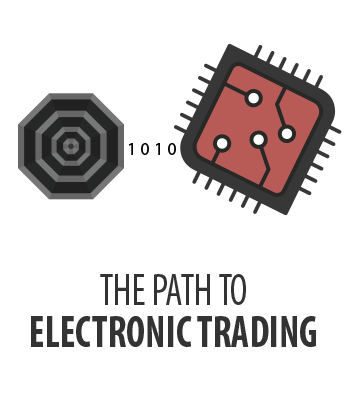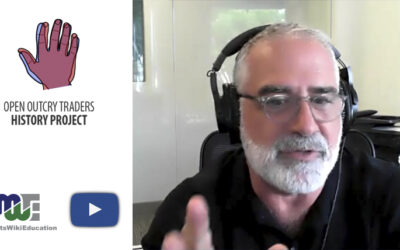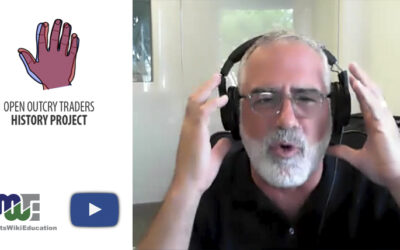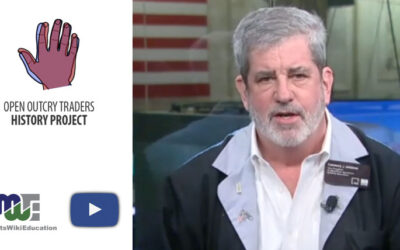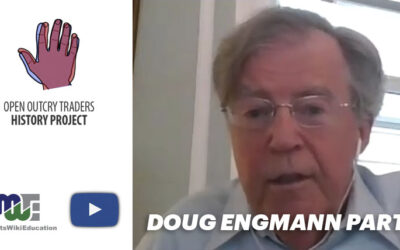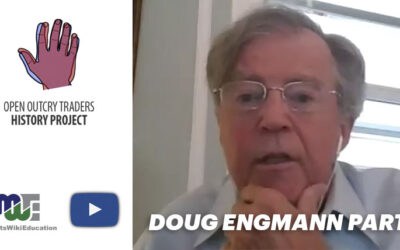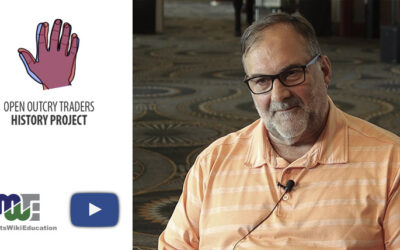In the second of a two-part interview with John Lothian for the Open Outcry Traders History Project, Chicago attorney Sheldon Cohen reminisced about his long tenure on the trading floor and in exchange management, beginning in the 1970s.
In law school they teach you there are two kinds of crimes: mala prohibita crimes and mala in se, Cohen said. On the floor, a mala prohibita crime would be to go over the trading limits, but mala in se was an offense that was innately wrong, like stealing.
He said customers would sometimes come to him about things that were basically mala prohibita but were treated as if they were mala in se. Cohen recounted a story of a back-office worker who bought a CBOE seat for $10,000 as an example. He was “basically a journeyman’s trader,” a grandfather, he said. “He came down to the pit every day.”
The trader never had much in the way of positions, Cohen said, and when he did, they involved much less risk than he had in his account. But one day he came in and said they had just served him with papers from the business conduct committee.
Evidently, another firm was over the limit and they came to him and asked, “Will you do us a favor and break this particular trade?” Cohen said. The trader was uncomfortable with this, but the firm said they would write him a check for the cost of breaking the trade. So the trader agreed. It turned out the firm was trying to avoid getting in trouble for going over the limit. Breaking that trade would put it under the limit. And the trader got in trouble for it, Cohen said.
Another example of a trading practice that went awry was the deferring of the payment of taxes by lifting a losing leg of a spread, re-establishing it in the market, and letting the winning side flow over into the next year. Cohen said if done properly, it was legal, but traders started doing it as a pre-arranged trade, which was illegal. “And in some cases, the brokers were making a fortune. Because the floor broker would take a 2,000 lot of something that was flying around. …They would find the safest possible spread to put on, and then do the other side with and of their customers and then get paid for both brokerages,” he said.
By 1984, the exchanges got rid of the practice of deferring those losses by requiring everything to be marked to the market, Cohen said. Then the game became trying to switch into long-term capital gains, he said.
Cohen also recalled that traders would help particularly good clerks by loaning them money to buy a seat on the CBOE — a good deed that often engendered a good outcome. When the clerks made money trading, the first thing they would do was pay back the money. “A lot of guys turned out to be extremely successful,” Cohen said.
As for life lessons learned on the floor? Cohen said it was the importance of your word. “Your word is your bond,” he said. An early-career incident with an out trade was a “very humbling lesson,” Cohen said. “I learned how important it was to establish your character down there, and who you are, and integrity in trading.“

